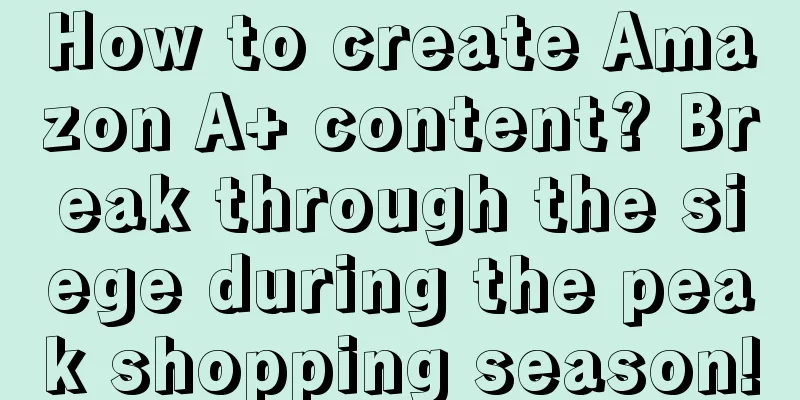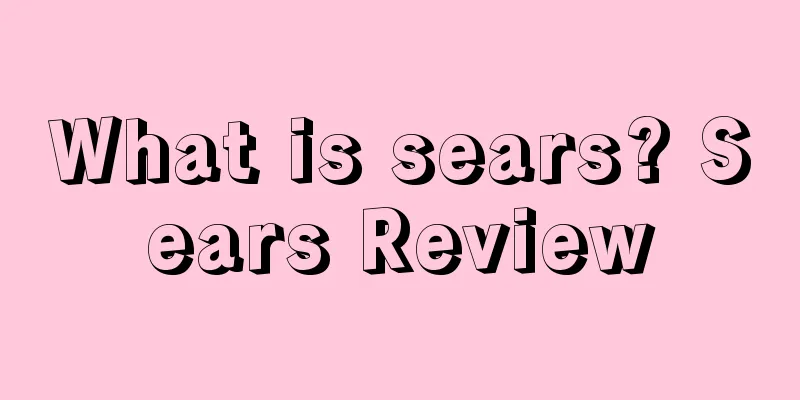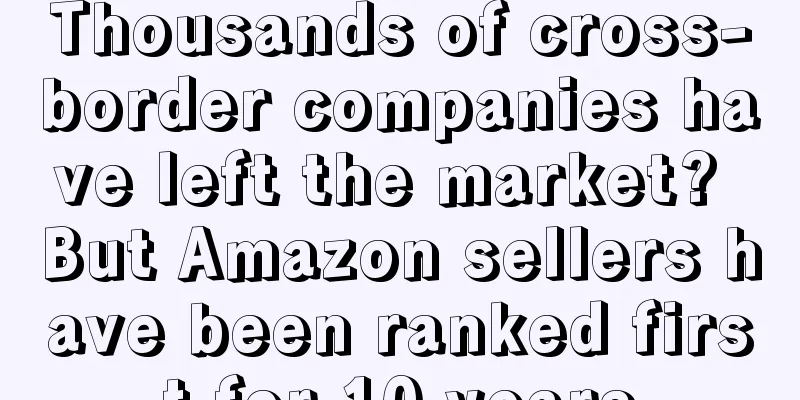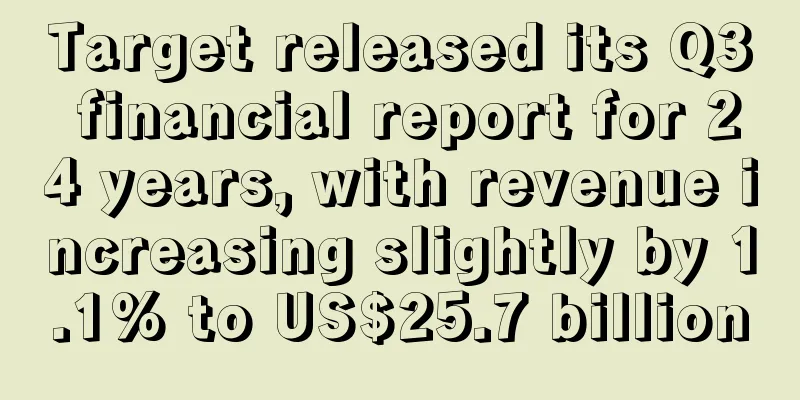Amazon sellers have created their own fancy way of displaying labels. Don’t try it!
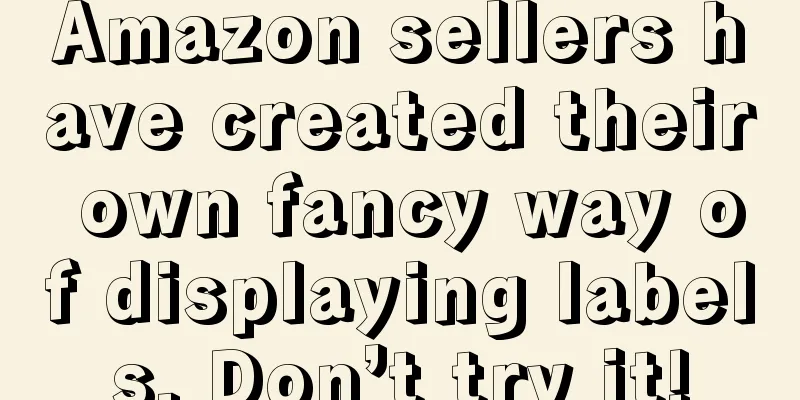
|
|
>>: Amazon title is inexplicably tampered with? How to solve it!
Recommend
Shopee Mexico is here! The shopping app has been launched
Southeast Asia cross-border navigation is now onli...
The product has a unit price of over $150, and the organic traffic accounts for 0.47%, but it is still profitable? Can the strategy of promoting advertisements without paying attention to organic positions last long?
Anonymous user My C position The situation is this...
What is GroupHigh? GroupHigh Review
Group High is not only a simple and practical tool...
Design patents are hard to guard against, practical tutorial on the steps of searching for design patents in the United States and the European Union (verified)
Europe https://www.tmdn.org/tmdsview-web/dsview-l...
What is Wish HUB? Wish HUB Review
Wish HUB is an EPC transit warehouse solution for ...
2022 Canadian Beauty Market Report: Makeup sales surge 38%!
According to data from market research firm The NP...
Online shopping in the U.S. generates $279 billion in returns! Sellers generally have an extremely high return rate
In the past two days, foreign media reported that ...
What is Yandex.Money? Yandex.Money Review
Yandex.Money was founded in 2002 and is an electro...
What is Beiyoubao? Beiyoubao Review
PPbyB is a logistics solution for PayPal's exc...
Amazon, a "convicted monopoly criminal", abandons multiple affiliated brands
Amazon faces antitrust lawsuit Some sellers said ...
How to monitor operational data every day for Amazon operations in foreign trade and cross-border e-commerce
As an operator, daily data monitoring is essential...
The amount involved exceeds two million, and several sellers have been deceived, exposing another cross-border scam!
As the scale of the cross-border e-commerce market...
What is OOFAY? OOFAY Review
Shenzhen Wofei Global Technology Co., Ltd. is a cr...
Pinterest's Q2 losses narrowed by 19% year-on-year, and the average number of monthly active users exceeded 460 million
It is learned that according to foreign media repo...
What is Amazon Locker? Amazon Locker Review
Amazon Locker is a self-service package delivery s...



